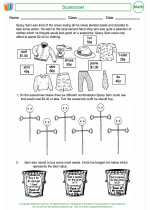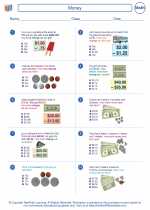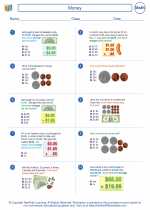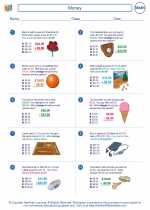Diameter
In geometry, the diameter of a circle is a line segment that passes through the center of the circle and has both its endpoints on the circle. It is the longest chord of the circle and is always twice the length of the radius. The diameter is a fundamental measurement in the study of circles and is used to calculate various properties of circles, such as circumference and area.
Key Concepts
- Definition: The diameter of a circle is the longest chord that passes through the center of the circle.
- Relation to Radius: The diameter is always twice the length of the radius. In other words, if the radius of a circle is "r," then the diameter is "2r."
- Formula: The formula to find the diameter of a circle when the radius is given is:
d = 2 * rwhere "d" is the diameter and "r" is the radius. - Relation to Circumference: The diameter is also related to the circumference of a circle. The circumference of a circle is given by the formula:
C = π * dwhere "C" is the circumference, "π" is the constant pi (approximately 3.14159), and "d" is the diameter.
Study Guide
When studying the concept of diameter, it's important to focus on the following key points:
- Understanding the definition of diameter as the longest chord of a circle that passes through the center.
- Recognizing the relationship between the diameter and the radius, and being able to calculate one when the other is given.
- Practicing the use of the formula
d = 2 * rto find the diameter when the radius is known. - Understanding the role of the diameter in calculating the circumference of a circle using the formula
C = π * d. - Solving word problems and practical applications involving the diameter of circles, such as finding the distance around a circular track or the size of a circular object.
By mastering the concept of diameter and its relationship to circles, students can develop a strong foundation in geometry and problem-solving skills related to circular shapes.
.◂Math Worksheets and Study Guides Fourth Grade. Money
Study Guide Money
Money  Activity Lesson
Activity Lesson How Much Change?
How Much Change?  Activity Lesson
Activity Lesson Garage Sale
Garage Sale  Activity Lesson
Activity Lesson Scarecrow!
Scarecrow!  Worksheet/Answer key
Worksheet/Answer key Money
Money  Worksheet/Answer key
Worksheet/Answer key Money
Money  Worksheet/Answer key
Worksheet/Answer key Money
Money  Worksheet/Answer key
Worksheet/Answer key Money
Money  Worksheet/Answer key
Worksheet/Answer key Money
Money  Worksheet/Answer key
Worksheet/Answer key Money
Money  Worksheet/Answer key
Worksheet/Answer key Money
Money 

 Activity Lesson
Activity Lesson
 Activity Lesson
Activity Lesson
 Activity Lesson
Activity Lesson
 Worksheet/Answer key
Worksheet/Answer key
 Worksheet/Answer key
Worksheet/Answer key
 Worksheet/Answer key
Worksheet/Answer key
 Worksheet/Answer key
Worksheet/Answer key
 Worksheet/Answer key
Worksheet/Answer key
 Worksheet/Answer key
Worksheet/Answer key
 Worksheet/Answer key
Worksheet/Answer key

Create And Print more Money worksheets with Money Skills Worksheets generator
The resources above cover the following skills:
Algebra (NCTM)
Use mathematical models to represent and understand quantitative relationships.
Model problem situations with objects and use representations such as graphs, tables, and equations to draw conclusions.